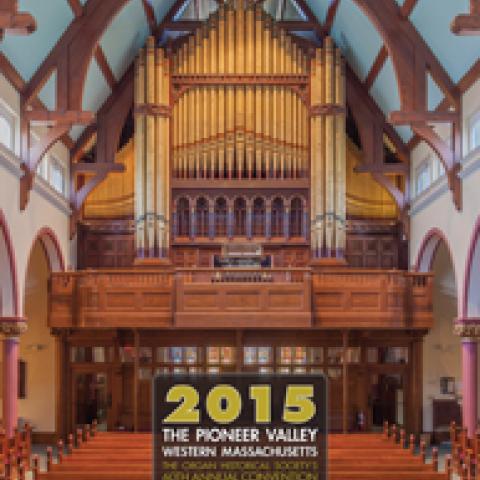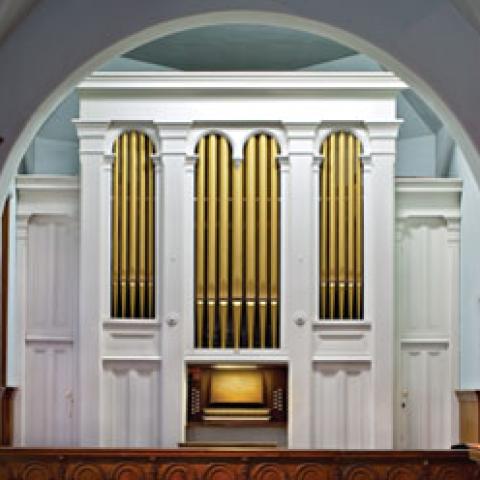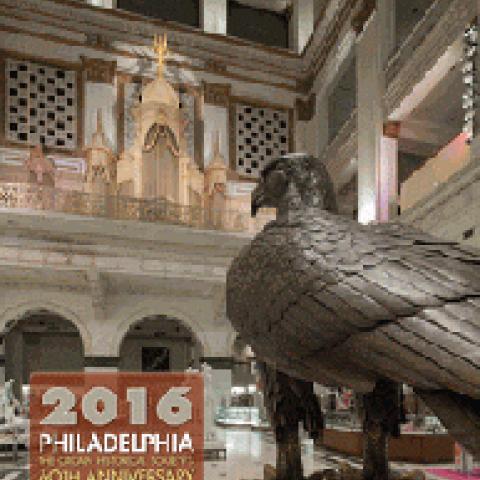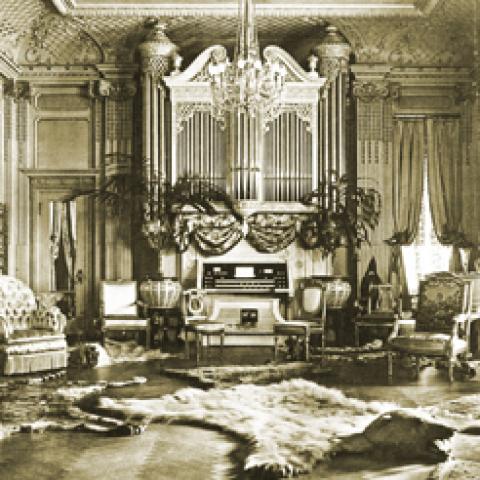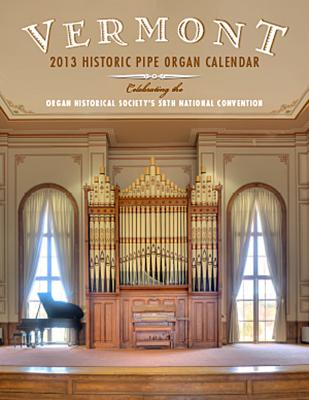
The Organ Historical Society announces the release of their Historic Pipe Organs of Vermont 2013 Wall Calendar. The calendar includes Len Levasseur’s photographs of 13 organs that will be featured in the OHS 58th national convention in Vermont from June 24 to 29. Organbuilders represented include Hutchings, Hook, Wilhelm, Estey, Fisk, Simmons, Erben, Smith, Jardine, and Desmarais. Stephen Pinel provides information on the history of organbuilding in Vermont.
For information: www.organsociety.org.


